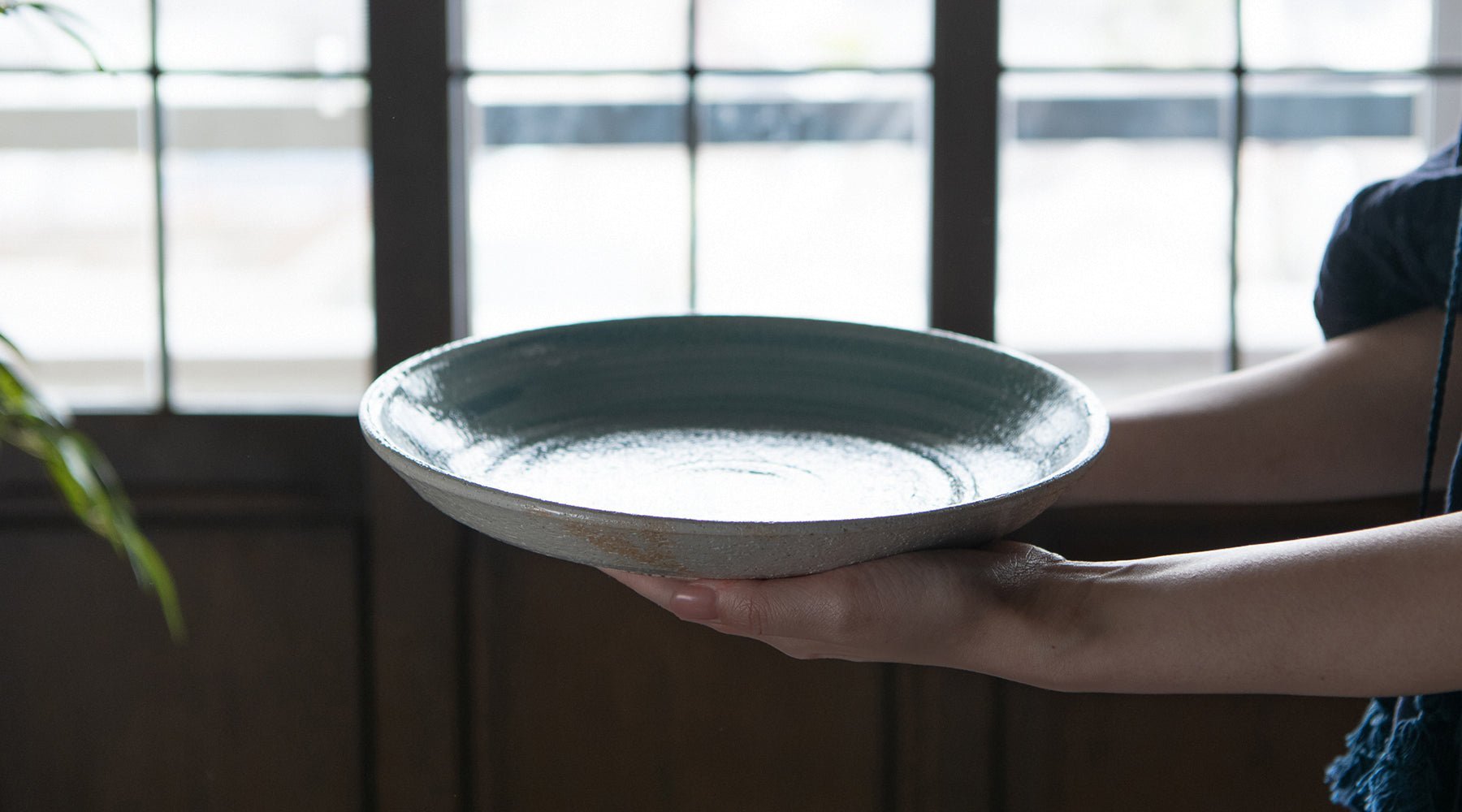
How To Care for Stoneware and Earthenware
Written by Team MUSUBI
When talking about the material of tableware made by firing clay, words such as Porcelain, Stoneware, Earthenware etc. are used. They are mainly classified according to the composition of the clay and the firing temperature.
If you want to know more detail of classification, please tap here.
All other ceramics, with the exception of porcelain, have microscopic holes in their surfaces and are more or less water absorbent. Therefore, there are several points to consider in order to use them beautifully for a long time.
We will talk about them in detail here.
table of contents
Beginning of Use
By using a process called "Medome"(seasoning), you can prevent stains and odors, and enjoy the tableware made of clay for a longer period of time.
Sooner or later, the texture of tableware will change as it is used. Tableware made of clay used for a long time in restaurants often got aged impressively, which cannot be seen from new tableware.
It is not a necessary process, but it prevents large stains from clinging and helps the process of adding a sophisticated feel by aging over time.
How to do the "Medome" Seasoning

- Put the flour and the tableware made of clay in hot water to a boil.
- Leave it until it cools down
- Wash and dry, and you're done!
Step1 Put the flour and the tableware made of clay in hot water to a boil.


Pour in enough water to cover the tableware and add 1 tablespoon of flour or potato starch. Heat it over low heat for 15 to 20 minutes.
Step2 Leave it until it cools down

It is recommended to do it before going to bed, so that you can start the next process in the morning.
Step3 Wash and dry, and you're done!

Wipe the moisture off and let it dry thoroughly, and you are all done!
Important Note
- If the heat is too high, only a certain part of the tableware made of clay will become hot, which may cause cracking or chipping, so keep low or medium heat.
- When the water is boiling, the pots and dishes may hit each other and chip, so lower the heat if the water is about to boil.
- If you are using many dishes at the same time, place a piece of kitchen paper between the dishes to prevent them from getting hit each other.
Each Use
Wash
You can use a dishwasher, but we recommend hand washing as much as possible for some items, such as those made of gold and silver, which tend to peel off after a long period of use.
Please dry them thoroughly before storing them in the cupboard for a long period of time. Leaving it moist can cause mold and/or musty odor.
About Penetration
You can use a dishwasher, but we recommend hand washing as much as possible for some items, such as those made of gold and silver, which tend to peel off after a long period of use.
Please dry them thoroughly before storing them in the cupboard for a long period of time. Leaving it moist can cause mold and/or musty odor.
In Case of Stains or Odors
If it bothers you, soak the tableware in baking soda water for half to a full day and let it dry to remove the smell.
Avoid using bleach as it may corrode the tableware.
Microwave & Oven
Please be careful with thin teacups and teacups, as their surfaces can heat up easily.
Please refrain from directly exposing products made of multiple materials (e.g. ceramic and metal, glass, etc.) directly on fire or using them in microwave, ovens or dish dryers, as it may cause failure of the glued surface.
Vases, Ornaments, and Figurines
To preserve gold and silver ornaments, wipe them lightly with a soft cloth and remove any stains before storing them in order to preserve the colors longer.
Lastly...
However, the more work put in, the more you will enjoy the changes over time, and you will start to feel the tableware like your child.
You don't have to overthink about it, but with just a little care, daily meals can be tastier and daily lives can be more enriched. Please enjoy your favorite tableware for many years to come.


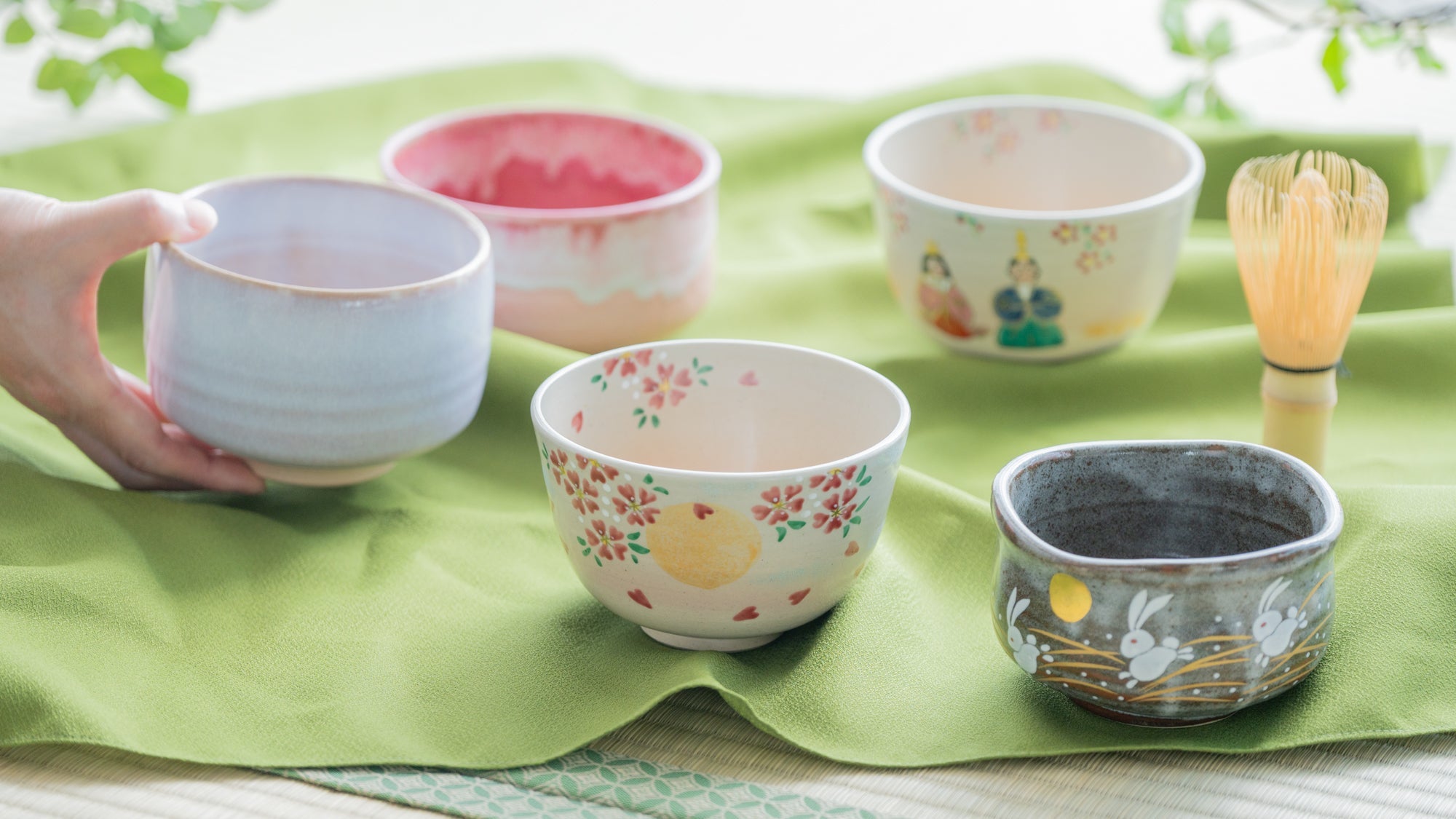
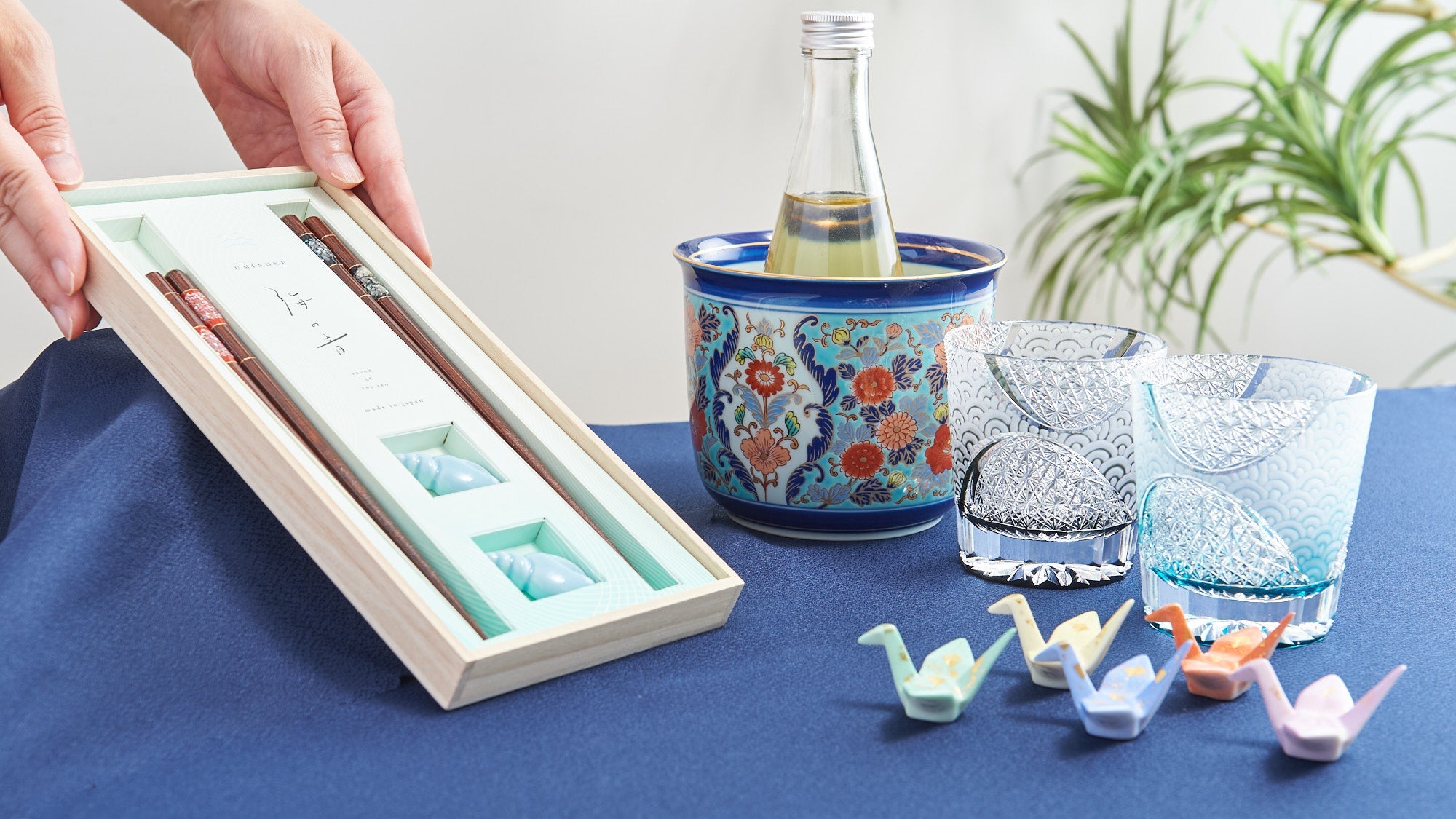
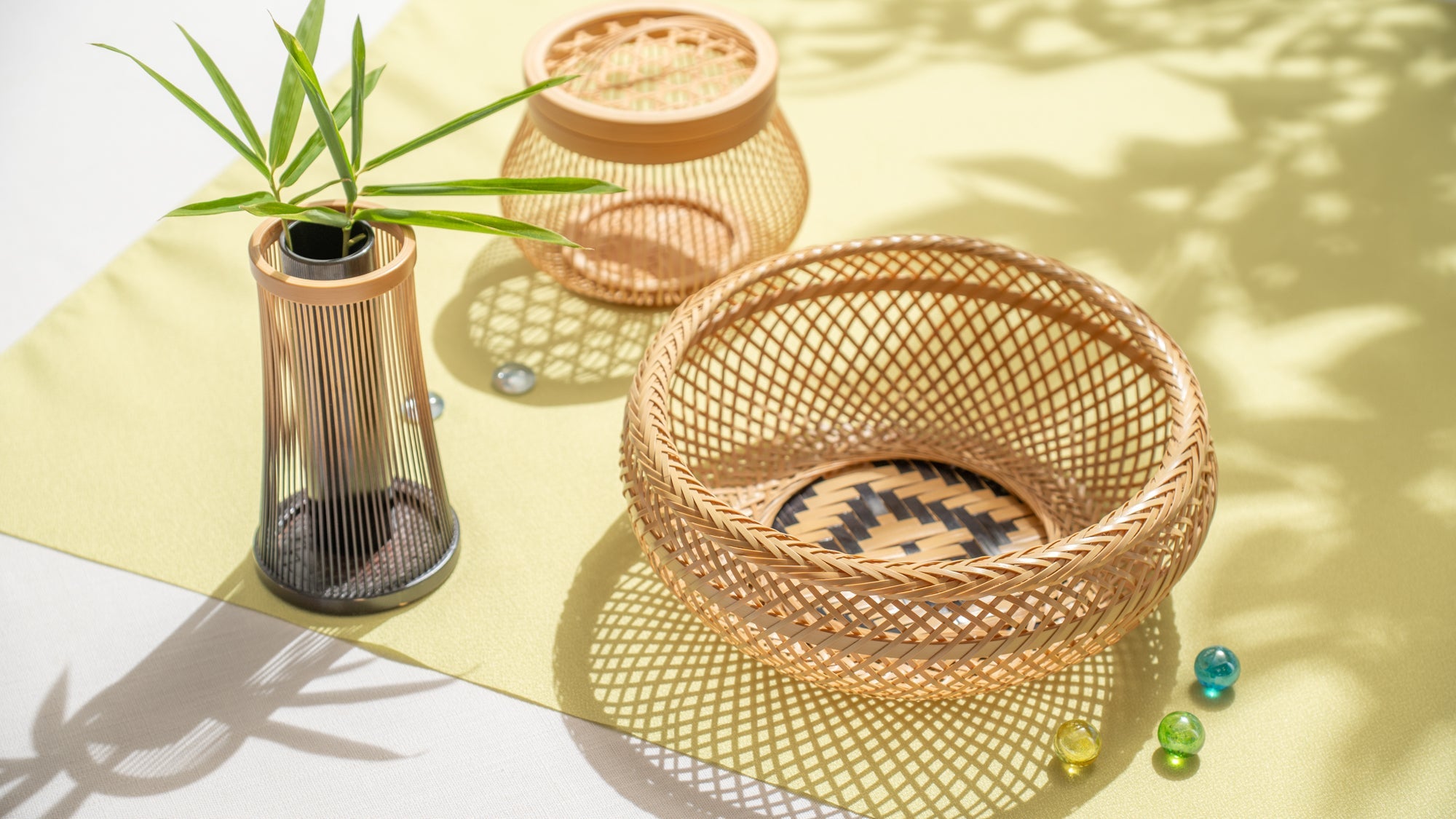
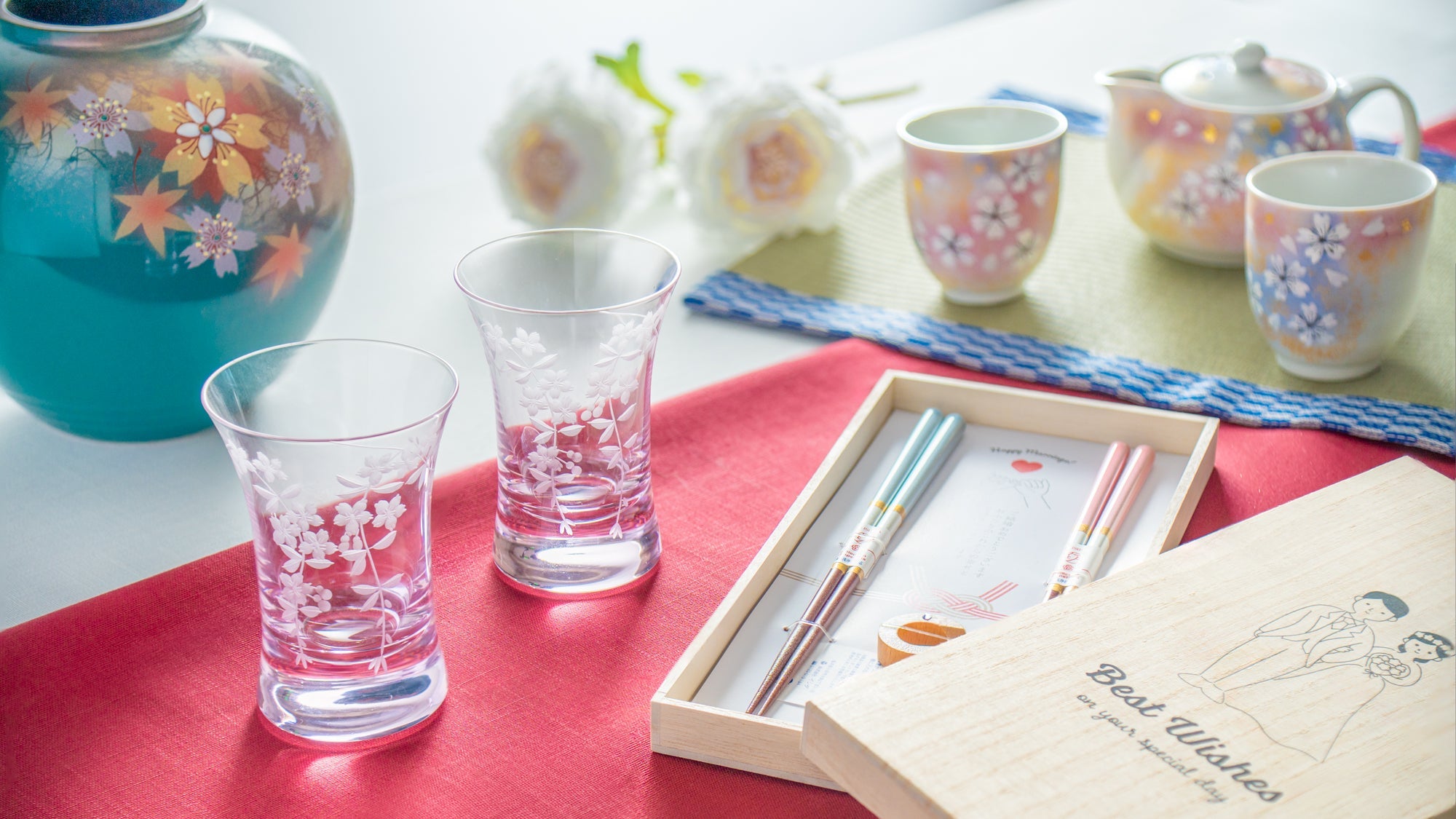
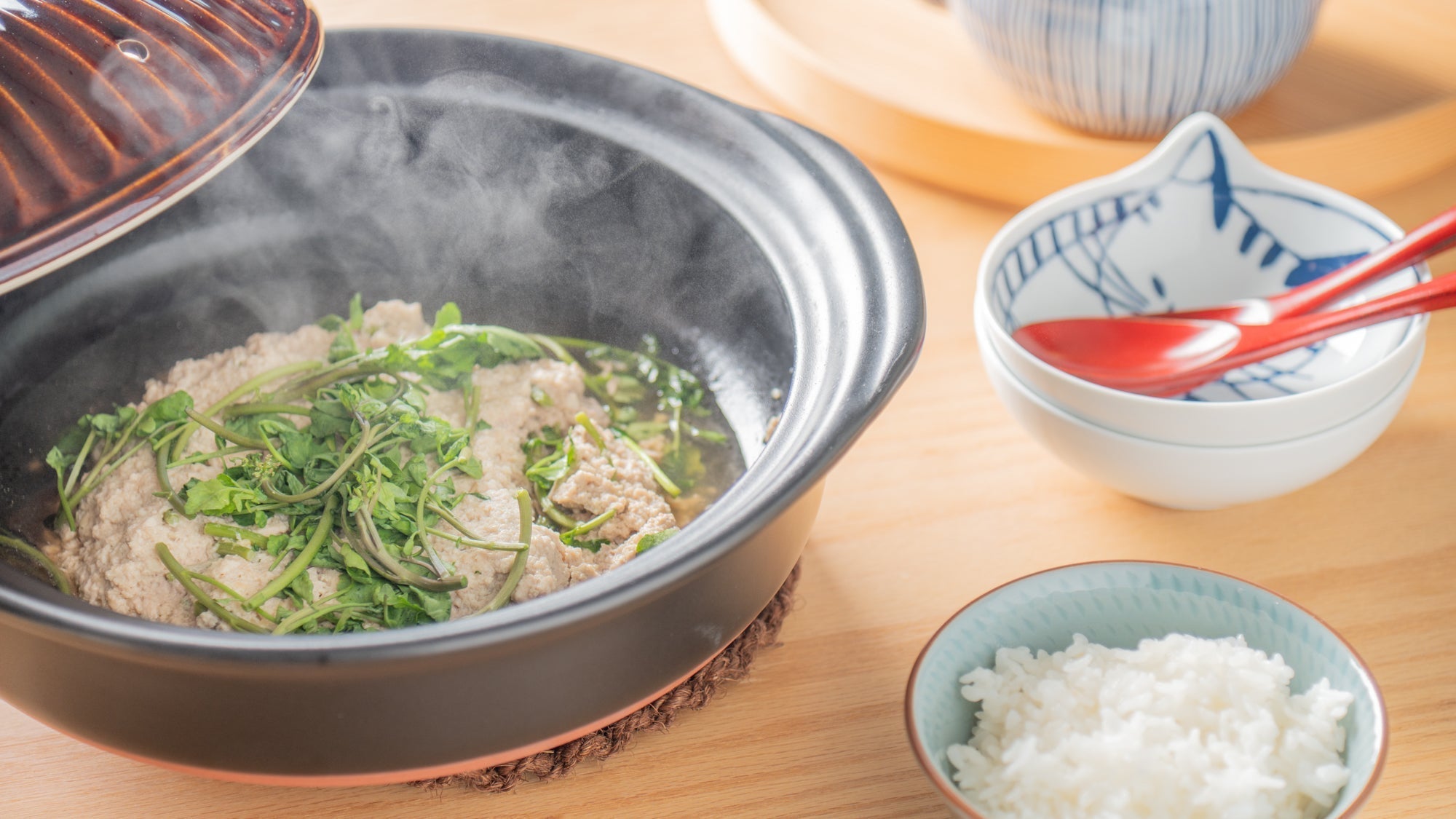
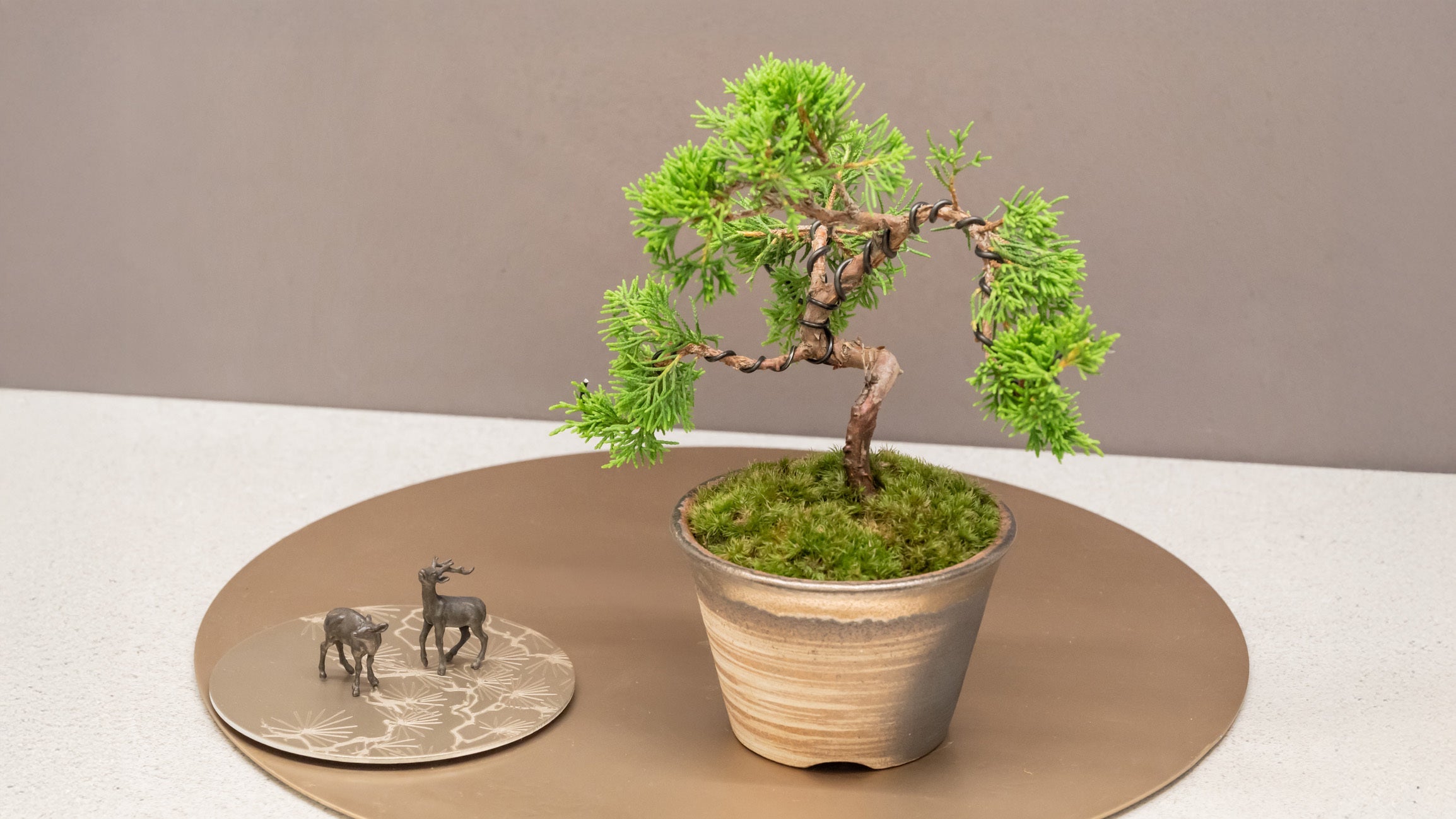


Leave a comment
This site is protected by hCaptcha and the hCaptcha Privacy Policy and Terms of Service apply.